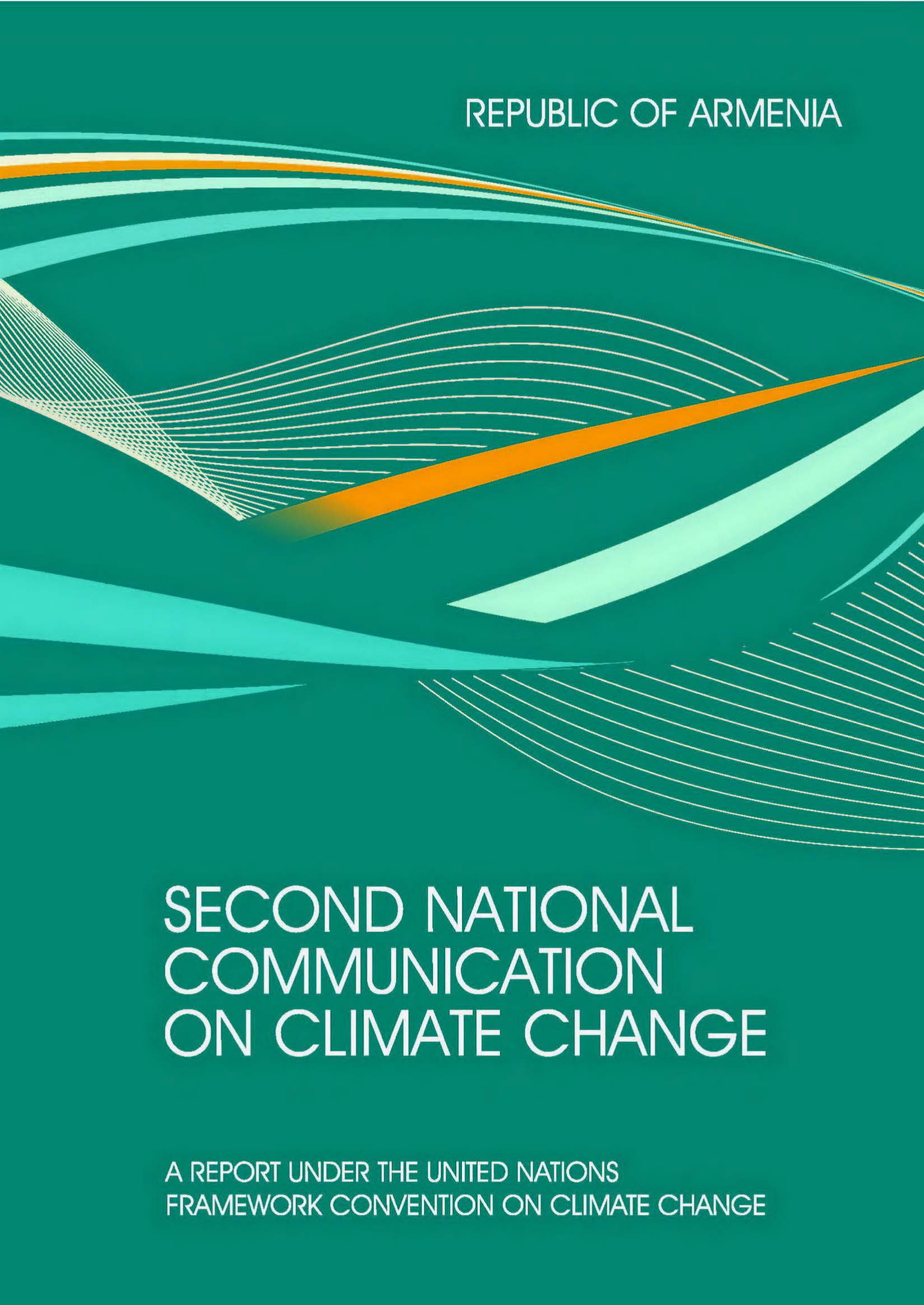Armenia Second National Communication
Project Overview
The creation of a National Communication offers countries the opportunity to contribute with technically sound studies and information that can be used for designing mitigation and adaptation measures, and project proposals that can and will help increase their resilience to the impacts of climate change. Activities generally include: V&A assessments, Greenhouse Gas Inventory preparation, Mitigation Analysis or Education, and awareness raising activities.The ultimate goal is the integration of climate change considerations into relevant social, economic and environmental policies and actions.
Key vulnerabilities identified in Armenia's National Communications (2010):
- Agriculture/Food Security
- Water Resources
- Biodiversity and natural ecosystems
- Public health
- Settlements and infrustructure
Project Details
Potential Adaptation Measures identified in Armenia's Second National Communication:
Agriculture and Food Security
- Breeding and introduction of drought resistant, dry resistant hybrids adapted to local conditions, including the preservation and spread of local traditional species with the mentioned characteristics
- Assessment of climate change related risks and introduction of a crop insurance system
- Vaccinations of livestock
- Introduction of crops species resistant to diseases and pests
- Implementation of measures for improving moisture preservation characteristics of the soil
- Shifting the farming zone to areas with adequate moisture
Water Resources
- Implement measures for accurate assessment of water reserves
- Undertake institutional and technical measures for efficient use of water resources
- Improve the extensive storage of water resources
- Reduction of losses due to leakages in the system
Biodiversity and Natural Ecosystems
- Follow grazing norms and pasture rules, developed on scientific basis, in the majority of ecosystems used as pastures and hayfields
- Properly zone Specially Protected Areas of Nature (SPANs) for biodiversity protection,taking into account climate change and shifting of the zones upwards on mountain slopes
- In order to control the mass spread of pests and diseases, it is necessary to organize regular studies for diagnosing the phytosanitary conditions of forests, and based on the results, develop and implement integrated measures using different methods for forest pest control, including aerial spraying
Settlements and Infrastructure
- Allocate public financing for implementation of detailed studies on landslides, inundations,mudflows, floods and rockfalls
- Develop short- and long-term forecasting methods for floods, mudflows and spring inundations.
- Regularly clean the river beds, widen or heighten the banks and their reinforcement
Public Health
- Medical examination of the population for identifying and controlling vulnerable groups
- Early warning systems
- Adequate clean water supply
- Maintenance and improvement of the temperature comfort in buildings (ventilation, air conditioning, shadowing buildings)
- Improvement of settlement microclimate (fountains, green zones)
- Promotion to and introduction of relevant behavior (siesta)
- Sanitary-hygienic monitoring
Key Results and Outputs
- Sustainable development and the integration of climate change concerns into medium- and long-term planning
- Inventories of anthropogenic emissions by sources and removals by sinks of greenhouse gases
- Measures contributing to addressing climate change
- Research and systematic observation
- Climate change impacts, adaptation measures and response strategies
- Education, training and public awareness
Reports and Publications
Assessments and Background Documents
Monitoring and Evaluation
In 1992, countries joined an international treaty, the United Nations Framework Convention on Climate Change, to cooperatively consider what they could do to limit average global temperature increases and the resulting climate change, and to cope with whatever impacts were, by then, inevitable.
Parties to the Convention must submit national reports on implementation of the Convention to the Conference of the Parties (COP). The required contents of national communications and the timetable for their submission are different for Annex I and non-Annex I Parties. This is in accordance with the principle of "common but differentiated responsibilities" enshrined in the Convention.
The core elements of the national communications for both Annex I and non-Annex I Parties are information on emissions and removals of greenhouse gases (GHGs) and details of the activities a Party has undertaken to implement the Convention. National communications usually contain information on national circumstances, vulnerability assessment, financial resources and transfer of technology, and education, training and public awareness.
Since 1994, governments have invested significant time and resources in the preparation, collection and validation of data on GHG emissions, and the COP has made determined efforts to improve the quality and consistency of the data, which are ensured by established guidelines for reporting. Non-Annex I Parties receive financial and technical assistance in preparing their national communications, facilitated by the UNFCCC secretariat.




